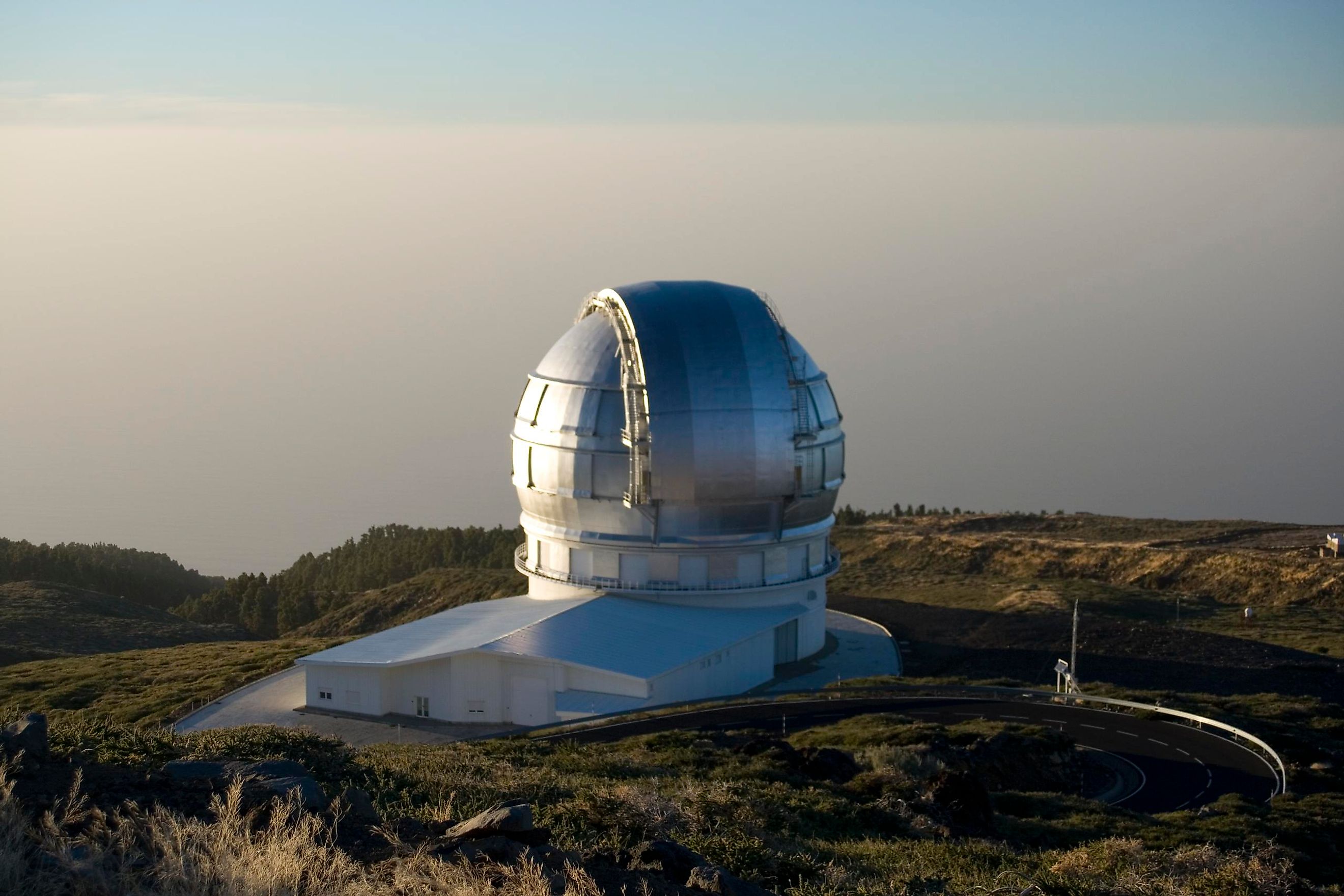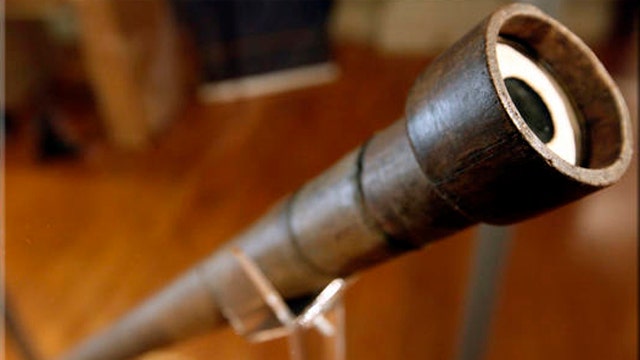

Well, professional astronomers don’t live by imaging alone. And for closer objects, Hubble delivers images beyond compare despite a relatively small size. Perhaps the Hubble Space Telescope recently approached those limits when it wrapped up its Frontier Fields program, which allowed researchers to observe galaxies as they existed only a few hundred million years after the Big Bang. There’s only so far you can see, after all. An observation that once took four hours can now be accomplished in one, and this same mirror will let you see roughly twice as far away.īut you might wonder where the law of diminishing returns sets in. Double the diameter of the main mirror gathering light for the telescope and you’ve quadrupled its surface area, and thus the amount of light it gets. A bigger telescope collects more light, and so allows a deeper view of the cosmos. As Pat McCarthy, vice president of the Giant Magellan Telescope (GMT) Organization, puts it: “We expect to learn things we don’t know.” Size mattersĪstronomers are always looking to stretch boundaries - to see fainter objects in greater detail.

But, as with the previous great leaps forward in size, the new scopes likely will also make discoveries that no one can yet envision. This quartet of new instruments promises to deliver stunning science on the hot-button issues. And a fourth telescope, one “only” 8 meters in diameter, will use advanced technology to image the entire night sky every three days. During the next several years, researchers expect three instruments that are more than twice the size of their closest competitors to start scanning the skies. Now, astronomers stand on the threshold of a new telescope revolution. Again, this was only possible with the increased firepower of the latest telescopes. Shockingly, researchers discovered that the expansion of the universe is accelerating. With an essential assist from the 2.4-meter Hubble Space Telescope orbiting above Earth’s image-distorting atmosphere, these instruments could analyze a few dozen distant Type Ia supernovas - the cataclysmic explosions of white dwarf stars. These turned out to be supermassive black holes accreting matter in the centers of galaxies, a science-fiction fantasy when the Hale Telescope was built.īy the 1990s, technology advanced far enough to usher in an era of telescopes 8 to 10 meters across (26 to 33 feet), and the same story played out once more. In the early 1960s, astronomer Maarten Schmidt used the instrument to analyze unusual, “quasi-stellar radio sources”- quasars for short. History repeated itself starting in 1949, when the 200-inch Hale Telescope took its first photograph of the night sky. Within a decade, astronomer Edwin Hubble used it - then the largest telescope in the world, at 100 inches across - to discover that galaxies exist beyond the Milky Way, and that the universe is expanding.

When the Hooker Telescope first looked skyward in 1917, no one knew what wonders it might reveal.


 0 kommentar(er)
0 kommentar(er)
